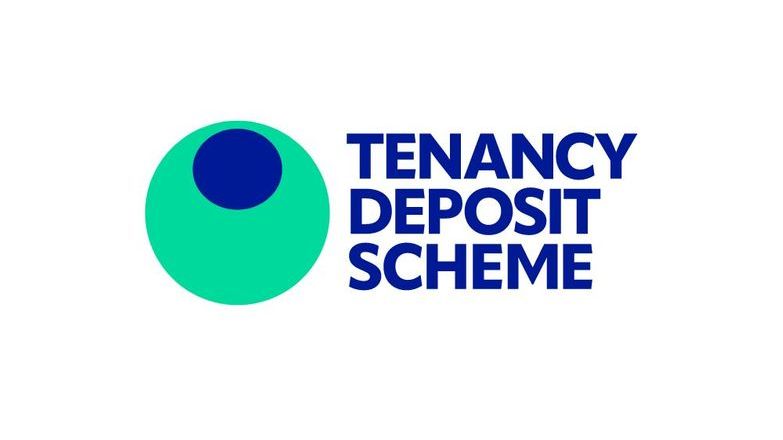
TDS: tenancy deposits explained
1. Which deposit needs protecting?
It is a legal requirement that all tenancy deposits taken by landlords or agents in relation to Assured Shorthold Tenancies (ASTs) in England and Wales must be protected by a Government-approved tenancy deposit scheme. These deposits are the amounts of money paid to the landlord or agent to cover the tenant’s obligations during the tenancy. This doesn’t apply to holding deposits.
2. Registering the deposit
Once the deposit is received, it must be registered, by the landlord or agent acting on behalf of the landlord, with a Government-approved tenancy deposit protection scheme within 30 days. This is a legal requirement. If it is registered too late, the landlord is in breach of the legislation and the tenant is within their rights to take them to court for not protecting their deposit correctly. This could result in a financial penalty of up to three times the deposit amount.
3. Where should the deposit be registered?
There are two types of tenancy deposit protection schemes: Insured (where the agent or landlord hold the deposit) and the free Custodial scheme (where the tenancy deposit protection scheme holds the deposit).
You can use one or both schemes—it’s up to you. With TDS, it’s easy to see what you have registered in both schemes with a single login. For letting agents, using both schemes can be useful. For example, if you have stock that’s let only, you can register that in Custodial without any costs but, if you want to keep your fully managed portfolio in an Insured scheme, you also have that option.
Propertymark members get access to the cheapest Insured deposit rates with TDS →
4. Serving Prescribed Information
Serving Prescribed Information is another legal requirement and you must do that within 30 days of receiving the deposit. The Prescribed Information and the scheme leaflet must be served on all of the tenants and any relevant parties. Do not serve these before you’ve received the deposit. You may want to be efficient but if you serve this too early, it won’t be valid.
You can download a Prescribed Information template for the Insured scheme from the TDS website. If you’re using the Custodial scheme, the template comes pre-populated to make life even easier with details of the deposit you registered.
The Prescribed Information must be signed by the landlord or the agent on behalf of the landlord, and the tenant should be given the opportunity to sign it too. Ideally, you would get a copy of that signed version back for your audit trail.
5. Giving consent for changes during the tenancy
Be careful what you agree to when granting consent to a tenant for making changes in the property. If you do give permission, be explicit with the details. For example, if a tenant asks to paint a room, rather than simply agreeing, you should specify the quality and professionalism of painting required, the colour range allowed, and how the landlord wants that room returned at the end of tenancy.
If the landlord wants the wall(s) returned to their original condition at the end of tenancy you must let your tenant know when giving consent. It’s these extra little admin efforts that make the difference if a dispute arises and to avoid disputes in the first instance.
6. Making deposit deductions at the end of the tenancy
At the end of the tenancy, when you conduct the check-out and compare the details to the inventory/check-in report, you will see if changes have occurred. Some of those may be landlord issues (maintenance), some could be expected wear and tear and some may be caused by the tenant. Any changes which exceed fair wear and tear can form a claim for a deposit deduction.
In TDS Insured, the tenant should have an explanation of what is being deducted from the deposit within ten days of them asking for deposit to be returned and any undisputed deposit amounts should be returned to the tenant as soon as possible. Only the disputed amounts from the deposit should be retained while the deposit deductions are being negotiated or adjudicated.
Hopefully, you can resolve any issue with the landlord and tenant through communication, but if not, you may need to raise a dispute with TDS. It’s worth noting that generally in TDS Insured, any party to the tenancy can raise a dispute (agent, non-member landlord, or tenant) however in TDS Custodial, only the agent or the lead tenant can raise a dispute.
Once a dispute is raised you will need to provide evidence to support the claim. The burden of proof lies with the agent or landlord and this is where a good inventory/check-in report is essential. Keep those reports up to date with straightforward language and dated photographs.
Each case is unique and treated on its own merits. It comes down to the evidence provided that allows the adjudicator to make a decision. It helps to take advantage of the TDS deductions template, a document designed to help prevent disputes. As an agent, you can use this to communicate any proposed deductions to the tenant and landlords and clearly set out any supporting information to support the deduction. Should the parties still be unable to reach an agreement, the information can be uploaded to the TDS dispute portal, reducing the need to duplicate the information.
Remember, before TDS can adjudicate on a deposit dispute (in either scheme), we need to see evidence that the parties have tried to communicate to reach a resolution. We need to see that the tenant has disputed the proposals for any deductions.
7. Returning the deposit
If the deposit is protected by TDS Insured, any balance that is not being disputed should be returned to the tenant within ten days. You have three months from the end of tenancy to take advantage of our alternative dispute resolution (ADR) service. In the Insured scheme, the member landlord or agent administers the repayment with the tenant.
If the deposit is protected by TDS Custodial, it is held until either party requests that the funds are repaid. Either the member or the lead tenant can raise a repayment request and, if necessary, action the ADR process. Non-member landlords (landlords that use a TDS agent to manage the deposit on their behalf) are not able to instigate this process.
TDS Information Lounge
In addition to the legal requirements of tenancy deposit management, there are many best-practice processes that agents should adopt to reduce the likelihood of disputes. You can read more about the power of inventory reports and good evidence in further articles and case studies at TDS Information Lounge.
If you would like to know more about how easy it is to switch to TDS visit Why Switch.
TDS: Easy tenancy deposit protection
Tenancy Deposit Scheme (TDS) is the only not-for-profit, Government-approved tenancy deposit protection scheme offering both FREE Custodial tenancy deposit protection and Insured tenancy deposit protection.





